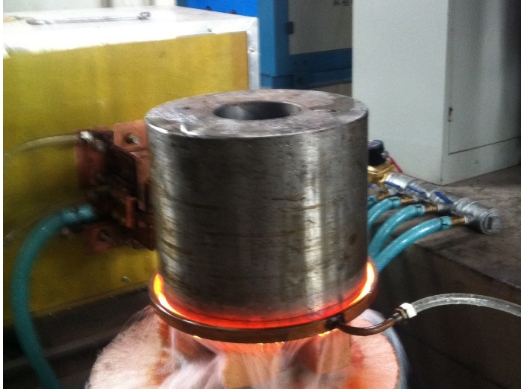- 10
- Dec
How to choose high-frequency quenching equipment?
How to choose high-frequency quenching equipment?
1. Workpiece shape and size
Qalabka shaqada ee waaweyn, baararka, iyo agabyada adag, isticmaal qalabka kuleyliyaha induction oo leh awood aad u sareysa iyo soo noqnoqoshada hoose; Qalabka shaqada ee yar yar, tuubooyinka, taarikada, gears, iwm, isticmaal qalabka kuleyliyaha induction leh awood yar iyo soo noqnoqoshada sare.
2. The depth and area of the workpiece required to be heated
Qoto dheer ee kuleylku waa qoto dheer, aaggu waa weyn yahay, kuleyliyaha oo dhan waa inuu ahaadaa awood sare, qalabka kuleylka soo noqnoqda ee hooseeya; Moolka kuleylku waa mid qoto dheer, aagguna waa yar yahay, iyo kuleyl qaybeed, awood yar, qalabka kuleylka soo noqnoqda ee soo noqnoqda waa in la doortaa.
3. Heerarka kuleyliyaha ee loo baahan yahay qalabka shaqada
The heating speed required is fast, and induction heating equipment with relatively large power and relatively high frequency should be selected.
4. Continuous task time of equipment
Waxay qaadataa wakhti dheer in la sii wado hawsha, oo yara dooro qalabka kuleyliyaha induction oo leh awood xoogaa ka weyn.
5. Muddada fiilooyinka ee u dhexeeya qaybaha dareenka iyo qalabka
The connection is long, and even water-cooled cables are required for connection, so relatively high-power induction heating equipment should be used.
6. Shuruudaha habka Workpiece
For quenching, welding and other processes, the power of the quenching machine can be selected relatively small, and the frequency should be higher; for annealing and tempering processes, the power of the quenching machine should be higher and the frequency should be lower; red punching, hot forging, smelting, etc., require thorough For a process with good thermal results, the power of the quenching machine tool should be larger and the frequency should be lower.
7) Macluumaadka Workpiece
In the metal materials, the higher the melting point is, the higher the relative power, the lower the lower the melting point; the lower the resistivity, the higher the power, and the higher the resistivity, the lower the power.

